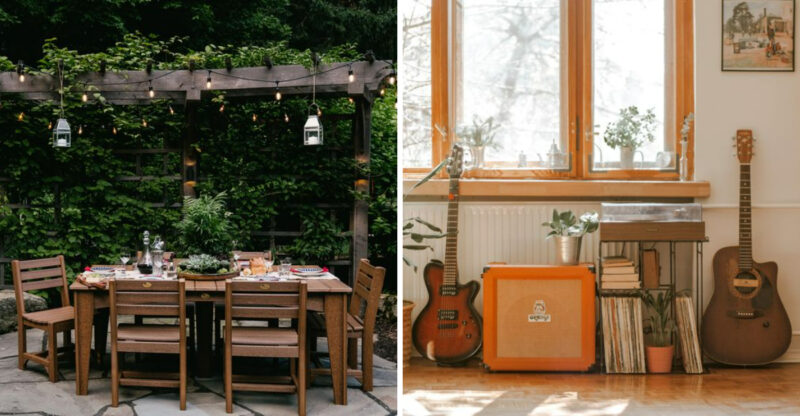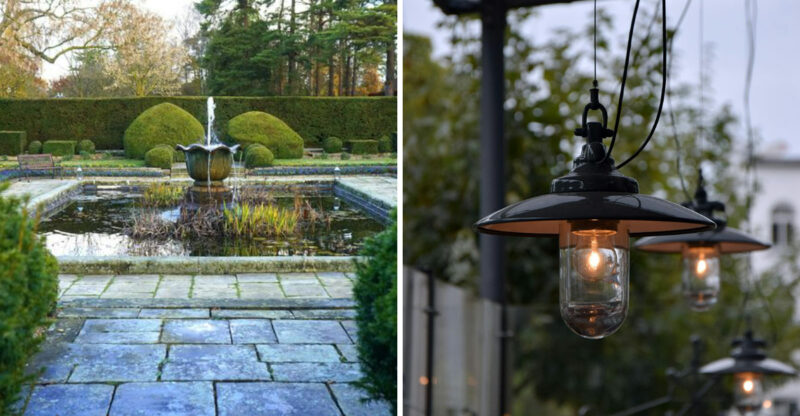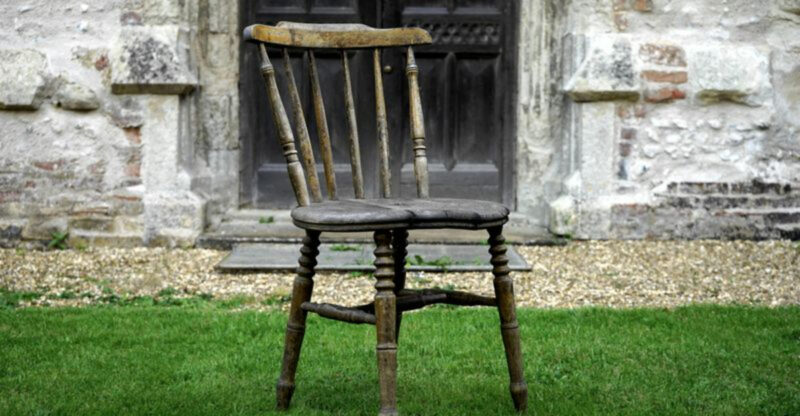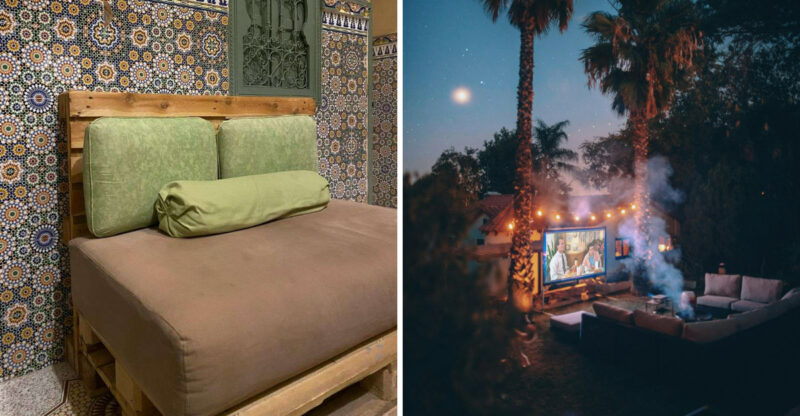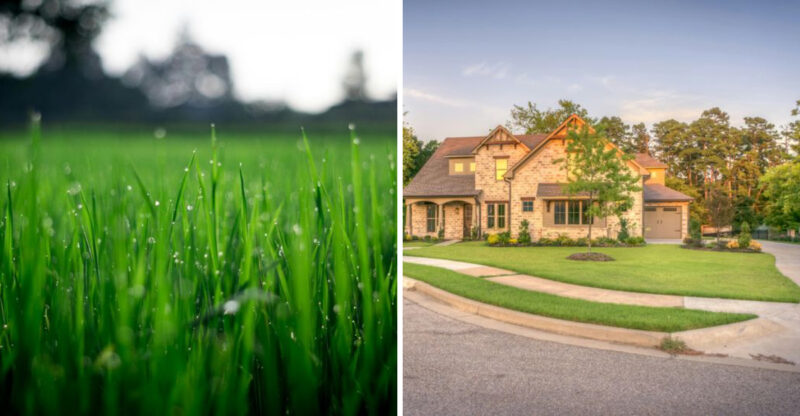7 Exterior Design Ideas From Alabama Homes That May Work Well In Dry Climates

Alabama homes feature unique design elements that handle humidity and heat, but many of these ideas can work surprisingly well in dry climates too. These adaptations offer both beauty and practicality for homeowners dealing with different weather challenges.
I’ve gathered seven exterior design concepts from the Heart of Dixie that could transform your dry-climate dwelling.
1. Wrap-Around Porches With Modern Twists
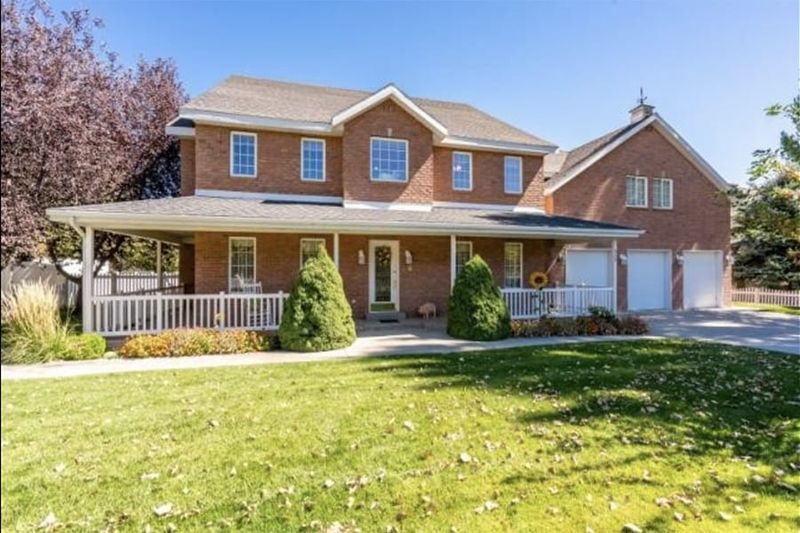
Nothing says Southern charm like a classic wrap-around porch, but with a few adjustments, this Alabama staple becomes perfect for arid regions. Adding roll-down sun shades or desert-friendly ceiling fans creates an outdoor living space that blocks harsh sunlight while allowing airflow.
In dry climates, these porches become crucial transition zones between scorching outdoors and cool interiors. I recommend incorporating drought-resistant container gardens to maintain that lush feeling without excessive water use.
2. Light-Colored Metal Roofing
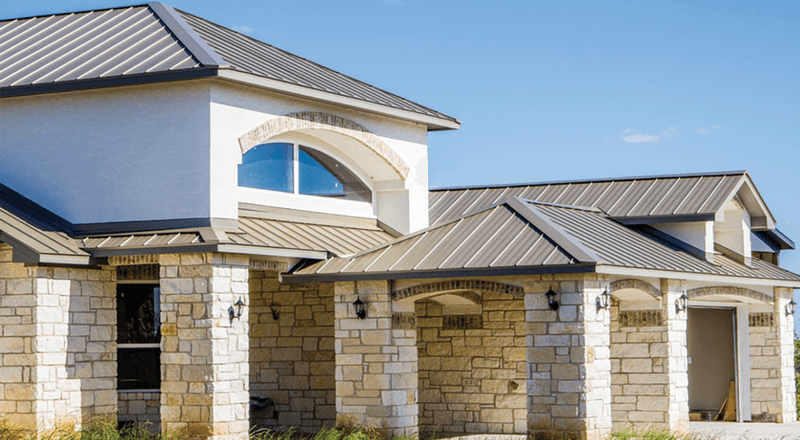
Alabama homeowners have embraced metal roofing to reflect heat and withstand storms, making this option even more valuable in dry, sunny regions. The light-colored finishes popular in Southern states reflect sunlight rather than absorbing it, potentially reducing cooling costs by up to 25%.
Metal roofs also excel at channeling the occasional desert downpour away from foundations. I’ve seen these installations last 50+ years with minimal maintenance, making them environmentally and economically sound for dry climates.
3. Courtyard Entryways With Water Features
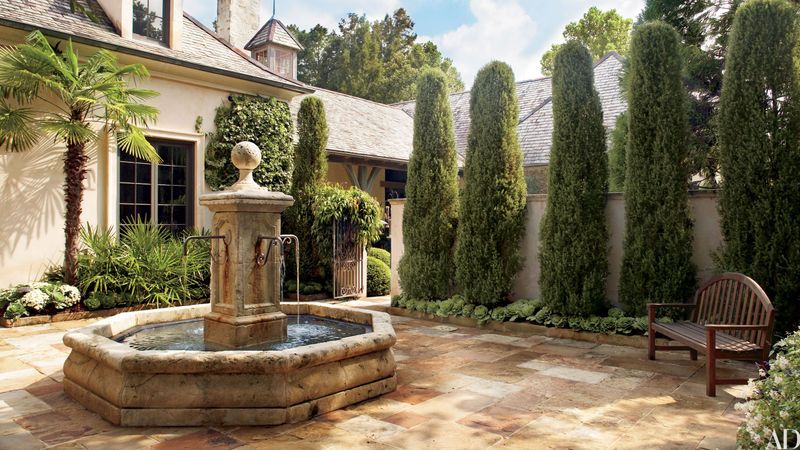
Southern entryway courtyards traditionally create welcoming transitions while blocking harsh sun. When adapted for dry climates, these spaces become magical microenvironments that capture precious moisture.
Small, recirculating fountains common in Alabama homes work beautifully in arid regions, adding humidity to the immediate area while using minimal water. The surrounding courtyard walls provide shade and reduce evaporation, creating a refreshing oasis effect.
4. Deep Roof Overhangs For Natural Cooling
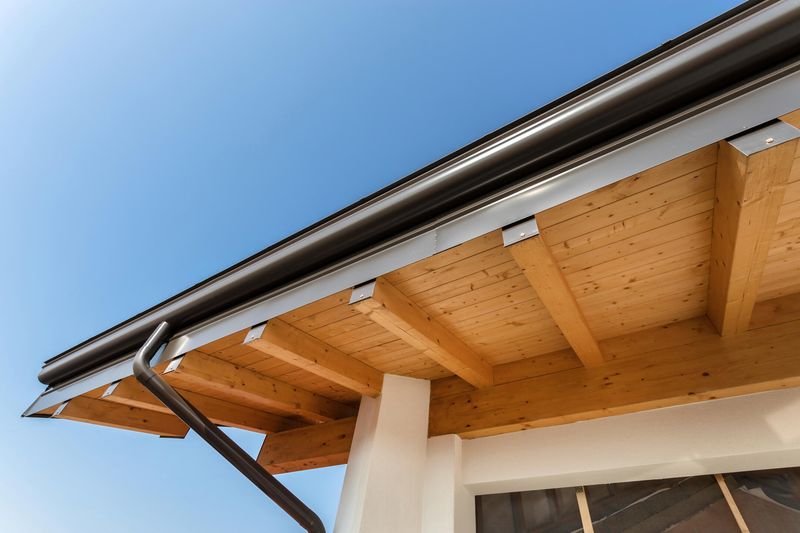
You’ll notice many Alabama homes feature deep roof overhangs that protect windows from rain and create cooling shade. This architectural element translates perfectly to sun-drenched landscapes, where protection from intense sunlight becomes essential.
By extending eaves 24-36 inches, you dramatically reduce solar heat gain through windows while protecting exterior walls from weathering. For maximum benefit in dry areas, I suggest combining these overhangs with strategically placed windows that encourage cross-ventilation during cooler hours.
5. Breezeway Connections Between Buildings
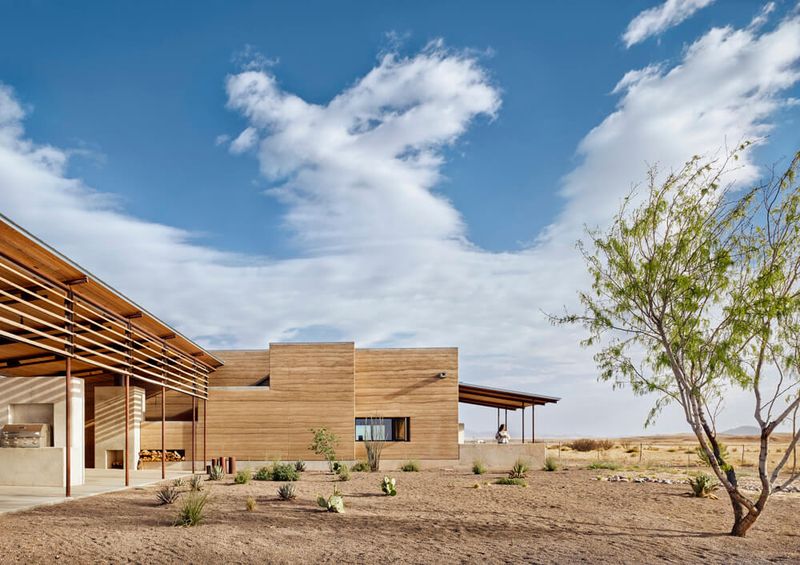
Historic Alabama properties often feature covered outdoor hallways connecting main houses to kitchens or guest quarters. These breezeways create natural ventilation corridors that catch and channel air movement – perfect for dry climate living.
Modernized versions incorporate sliding screens or adjustable louvers to control airflow and dust. The shade they provide creates comfortable outdoor living spaces even on hot days.
I’ve seen these designs work beautifully in desert homes, creating transition zones that buffer temperature extremes.
6. Reclaimed Brick And Stone Facades
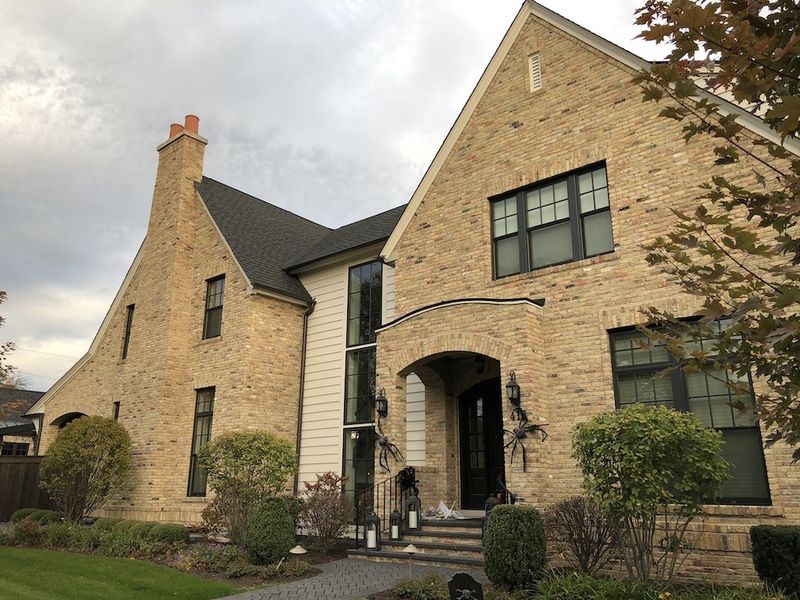
Alabama’s historic homes showcase beautiful weathered brick and stone that develop character over time. These materials store coolness overnight and release it slowly during hot days – a natural cooling mechanism perfect for dry regions.
Unlike wood, these materials resist the damaging effects of intense sun exposure. For desert adaptations, I recommend lighter colored stones or bricks that reflect rather than absorb heat.
The thermal mass helps moderate temperature swings between scorching days and cool nights common in arid climates.
7. Outdoor Living Rooms With Shade Structures

Southern hospitality extends outdoors with dedicated living spaces that function like rooms without walls. When reimagined for dry climates, these areas incorporate pergolas with adjustable canvas covers or natural reed screening that filters harsh sunlight.
Unlike Alabama versions that combat humidity, dry-climate adaptations focus on creating shade while maintaining airflow. Ceiling fans mounted to pergola beams enhance comfort without walls.
These spaces extend usable living area without increasing your cooling costs – a smart approach for desert living.

